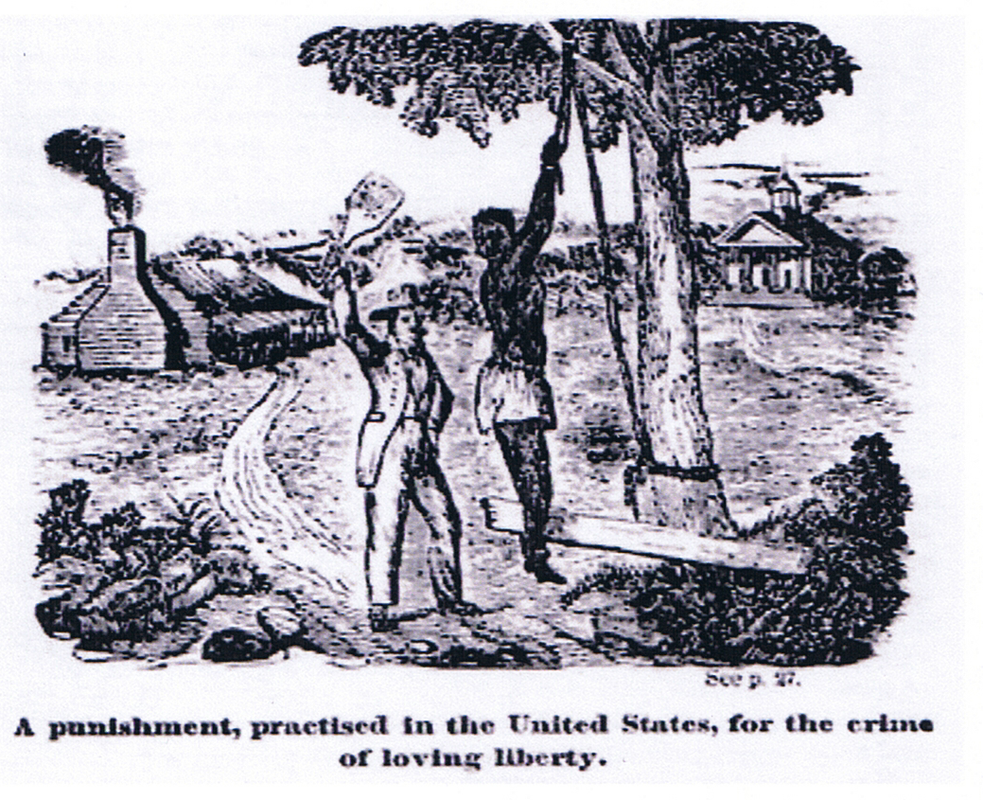Gold Coast - The Epicenter of the Slave Trade
Ghana is home to the largest concentration of slave trading forts and castles in West Africa. Many of these historic structures—once used by European powers as trading posts and holding cells—still stand along Ghana’s coastline as haunting reminders of this dark chapter in global history.
Among them is Cape Coast, located in the Central Region of Ghana, which was a key hub during both the slave trade and the colonial era. During British rule, Cape Coast served as the colonial capital until the administrative seat was moved to Accra in the late 19th century. Today, Cape Coast Castle and nearby Elmina Castle are UNESCO World Heritage Sites and powerful symbols of remembrance and reflection.
Advertisement
Ghana is home to approximately 40 forts and castles along its coast, built between the 15th and 18th centuries by various European powers—including the Portuguese, Dutch, British, Danes, Swedes, and Brandenburg-Prussians. (al list of the most important fortifications, below)

Ivory Coast, G Gold Coast, Slave Coast - Old map of the Slave Traders, including fortifications.
